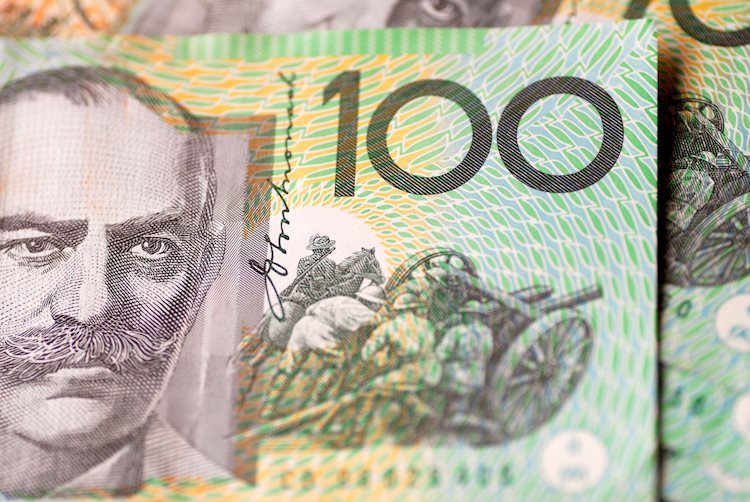The AUD/USD pair experienced a decline of 1.25% to 0.6600 on Friday, as the US Dollar strengthened, despite improved risk sentiment. The Reserve Bank of Australia (RBA) maintained interest rates but remained hawkish, highlighting inflation risks. Although the RBA’s stance and expectations of additional Chinese stimulus could provide support for the Aussie, the renewed strength of the US Dollar weighed on the pair.
Following the recent US presidential election and the RBA’s monetary policy stance, the AUD/USD pair has been volatile. Trump’s election victory initially caused a decline in the Aussie, but the RBA’s hawkish stance stabilized the currency. The RBA’s emphasis on restrictive interest rates and optimistic signs from China have been supportive factors.
The Federal Reserve’s neutral outlook suggests caution regarding future rate cuts, acknowledging economic expansion but noting concerns about the labor market and inflation. Fed Chair Powell stated that the central bank will continue reducing its balance sheet and take a data-dependent approach to policy-making. The AUD/USD pair initially rose after the RBA left interest rates unchanged, signaling a hawkish stance to combat inflationary pressure, but the pair fell due to the stronger US economic performance.
From a technical standpoint, the AUD/USD pair’s failure to surpass the convergence of the 200 and 20-day Simple Moving Averages indicates a bearish trend. The Relative Strength Index (RSI) and Moving Average Convergence Divergence (MACD) are showing negative signals, supporting a bearish outlook for the pair. The failure to break above key resistance levels suggests that the AUD/USD may continue its downward trajectory in the near future.
The Federal Reserve plays a key role in shaping US monetary policy, focusing on achieving price stability and full employment. Interest rate adjustments are the primary tool used by the Fed to address these goals. Inflation above the 2% target prompts rate hikes, strengthening the US Dollar, while low inflation or high unemployment rates may lead to rate cuts, weighing on the Greenback. The Fed convenes eight policy meetings a year to assess economic conditions and make monetary policy decisions, with the Federal Open Market Committee (FOMC) overseeing these meetings.
In times of crisis or extremely low inflation, the Federal Reserve may implement Quantitative Easing (QE) to increase credit flow in the financial system. Conversely, Quantitative Tightening (QT) involves the Fed reducing its bond purchases and not reinvesting maturing bonds, which can be positive for the US Dollar. Understanding the Fed’s policies and their impact on the US economy and currency markets is crucial for investors and traders to make informed decisions.





















